Scatter Diagram Worksheet
Are you in search of a helpful tool to understand the relationship between two variables? Look no further as we introduce the Scatter Diagram Worksheet. This worksheet serves as an effective visual tool for students and professionals alike who are studying statistical data analysis or conducting research related to correlation and causation.
Table of Images 👆
More Other Worksheets
Kindergarten Worksheet My RoomSpanish Verb Worksheets
Cooking Vocabulary Worksheet
DNA Code Worksheet
Meiosis Worksheet Answer Key
Art Handouts and Worksheets
7 Elements of Art Worksheets
All Amendment Worksheet
Symmetry Art Worksheets
Daily Meal Planning Worksheet
What is a scatter diagram?
A scatter diagram, also known as a scatter plot, is a graphical representation of a relationship between two variables. It displays individual data points as dots on a graph, with one variable on the x-axis and the other on the y-axis. It helps to visually identify patterns, trends, and correlations between the variables, making it a valuable tool for data analysis and decision-making in various fields.
What is the purpose of creating a scatter diagram?
The purpose of creating a scatter diagram is to visually display the relationship or correlation between two variables. It helps in identifying patterns or trends in the data and allows for a quick assessment of the strength and direction of the relationship between the variables. Scatter diagrams are useful in identifying outliers, clusters, or groupings in the data and can help in making informed decisions based on the observed patterns.
How do you interpret the relationship between variables on a scatter diagram?
The relationship between variables on a scatter diagram can be interpreted based on the pattern or shape formed by the data points. If the points are clustered closely together and form a clear direction or trend, it indicates a strong relationship between the variables. A positive trend shows that as one variable increases, the other variable also tends to increase. In contrast, a negative trend suggests that as one variable increases, the other variable decreases. However, if the points are scattered with no clear pattern, it indicates a weak or no relationship between the variables. Additionally, the strength of the relationship can be further assessed by calculating the correlation coefficient.
What are the axes on a scatter diagram?
The axes on a scatter diagram represent the two variables being compared. The horizontal axis, also known as the x-axis, typically represents the independent variable, while the vertical axis, or the y-axis, represents the dependent variable. Each point on the diagram corresponds to a unique combination of values for the two variables being plotted against each other.
How do you determine the strength of the relationship on a scatter diagram?
To determine the strength of the relationship on a scatter diagram, you typically look at how closely the data points cluster around a straight line. If the points closely follow a clear pattern or trend, it indicates a strong relationship. The direction of the relationship (positive or negative) and how tightly the points are clustered around the line of best fit also help gauge the strength of the relationship. Additionally, the coefficient of determination (R-squared value) can provide a numerical measurement of the strength of the relationship, with values closer to 1 indicating a stronger relationship.
How do you identify outliers on a scatter diagram?
To identify outliers on a scatter diagram, look for data points that deviate significantly from the overall pattern or trend of the data. Outliers are typically located far away from the main cluster of points and can skew the analysis or conclusions drawn from the data. Keep an eye out for points that are much higher or lower than the rest of the data points, and consider evaluating them further to determine if they are genuine anomalies or errors that need to be addressed.
How do you draw a line of best fit on a scatter diagram?
To draw a line of best fit on a scatter diagram, you need to visually determine the trend in the data points. The line should represent the overall pattern of the data points and should be as close to as many points as possible. You can achieve this by drawing a line that cuts through the center of the points with roughly an equal number of points above and below the line. This line should minimize the distance between the line and the data points, effectively showing the general direction and strength of the relationship between the variables being studied.
How do you use a scatter diagram to make predictions?
To use a scatter diagram to make predictions, you can visually analyze the relationship between two variables and look for patterns or trends. Once you identify a relationship, you can use it to make predictions by extrapolating data points beyond the observed range. This means predicting values for one variable based on the values of another. However, it is important to note that predictions made using a scatter diagram are estimates and should be interpreted carefully, as they may not always accurately reflect real-world scenarios due to potential errors or limitations in the data.
What are some limitations of using scatter diagrams?
Some limitations of using scatter diagrams include difficulty in identifying patterns with large amounts of data, the potential for misinterpretation of correlation as causation, the lack of representation of individual data points, the inability to account for confounding variables or alternative explanations for the observed relationship, and the sensitivity of the plot to the scaling of variables which can lead to distorted interpretations. Additionally, scatter diagrams do not provide information on the strength or direction of relationships, and they may not be suitable for analyzing complex or nonlinear relationships between variables.
How can you use a scatter diagram to identify trends or patterns in data?
A scatter diagram can be used to identify trends or patterns in data by plotting two variables against each other to see if there is a relationship between them. By visually examining the points on the scatter plot, patterns such as a positive correlation (both variables increase together), a negative correlation (one variable increases while the other decreases), or no correlation (random spread of points) can be identified. This allows for the detection of trends or patterns in the data and helps in making informed decisions or correlations between the variables being studied.
Have something to share?
Who is Worksheeto?
At Worksheeto, we are committed to delivering an extensive and varied portfolio of superior quality worksheets, designed to address the educational demands of students, educators, and parents.

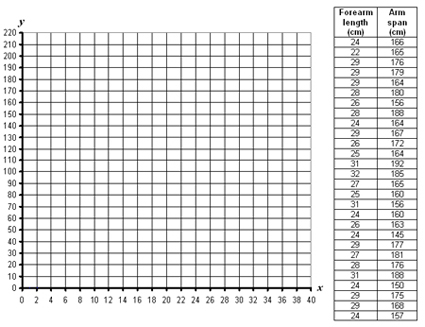



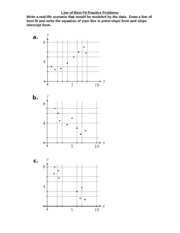

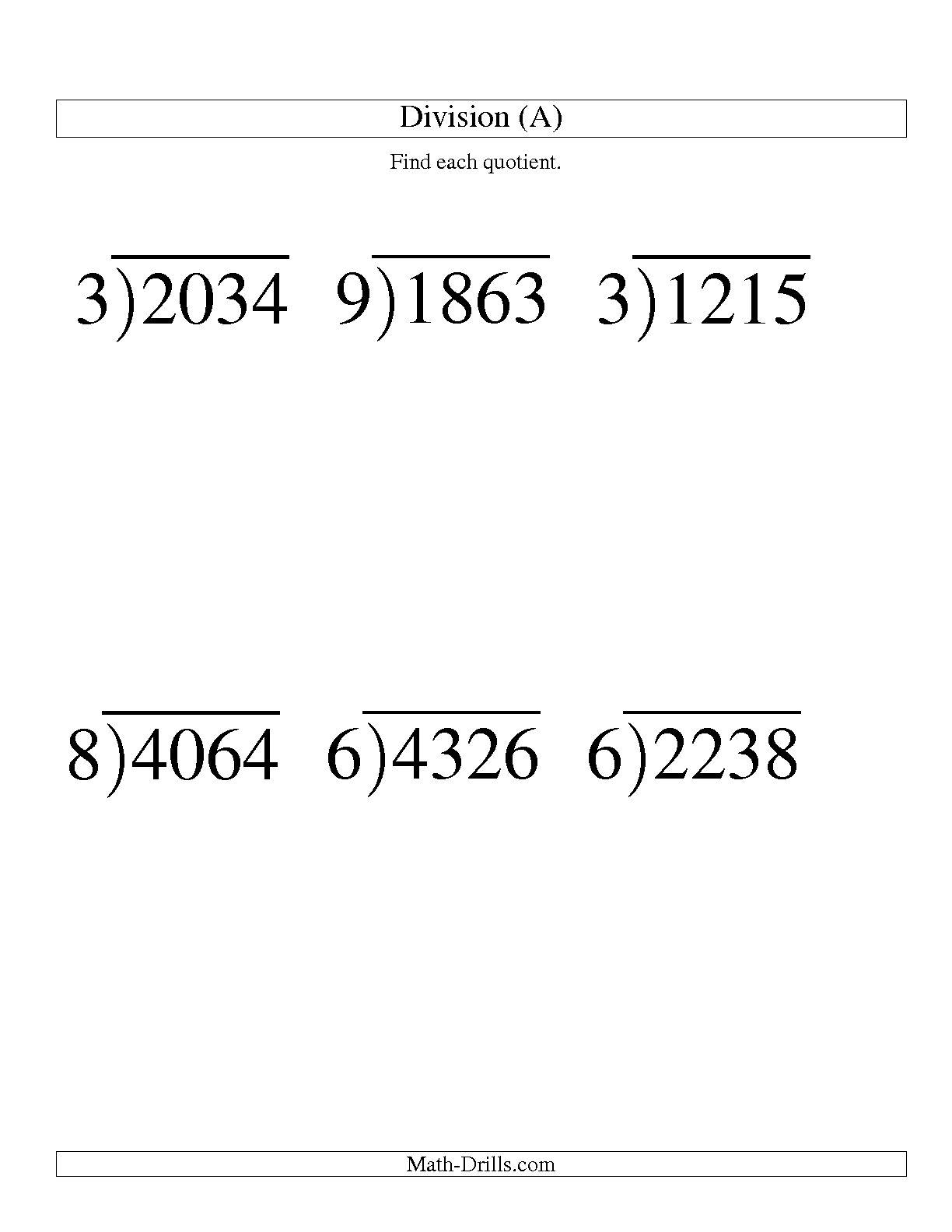


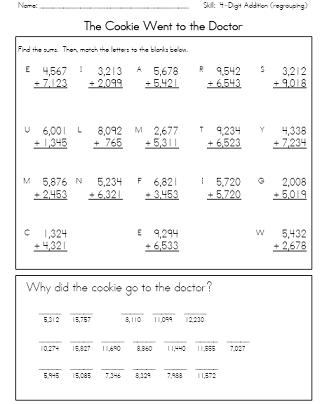
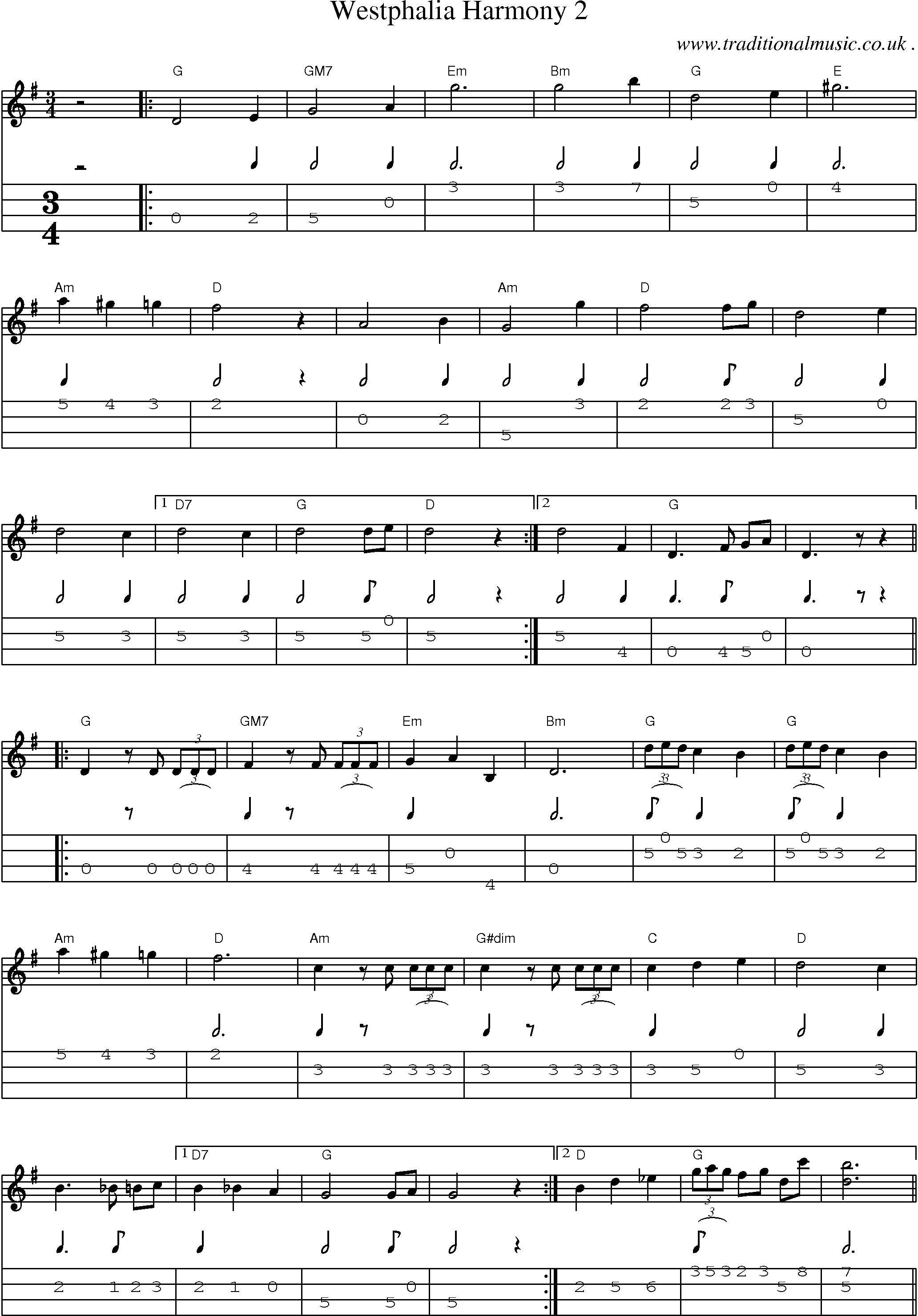
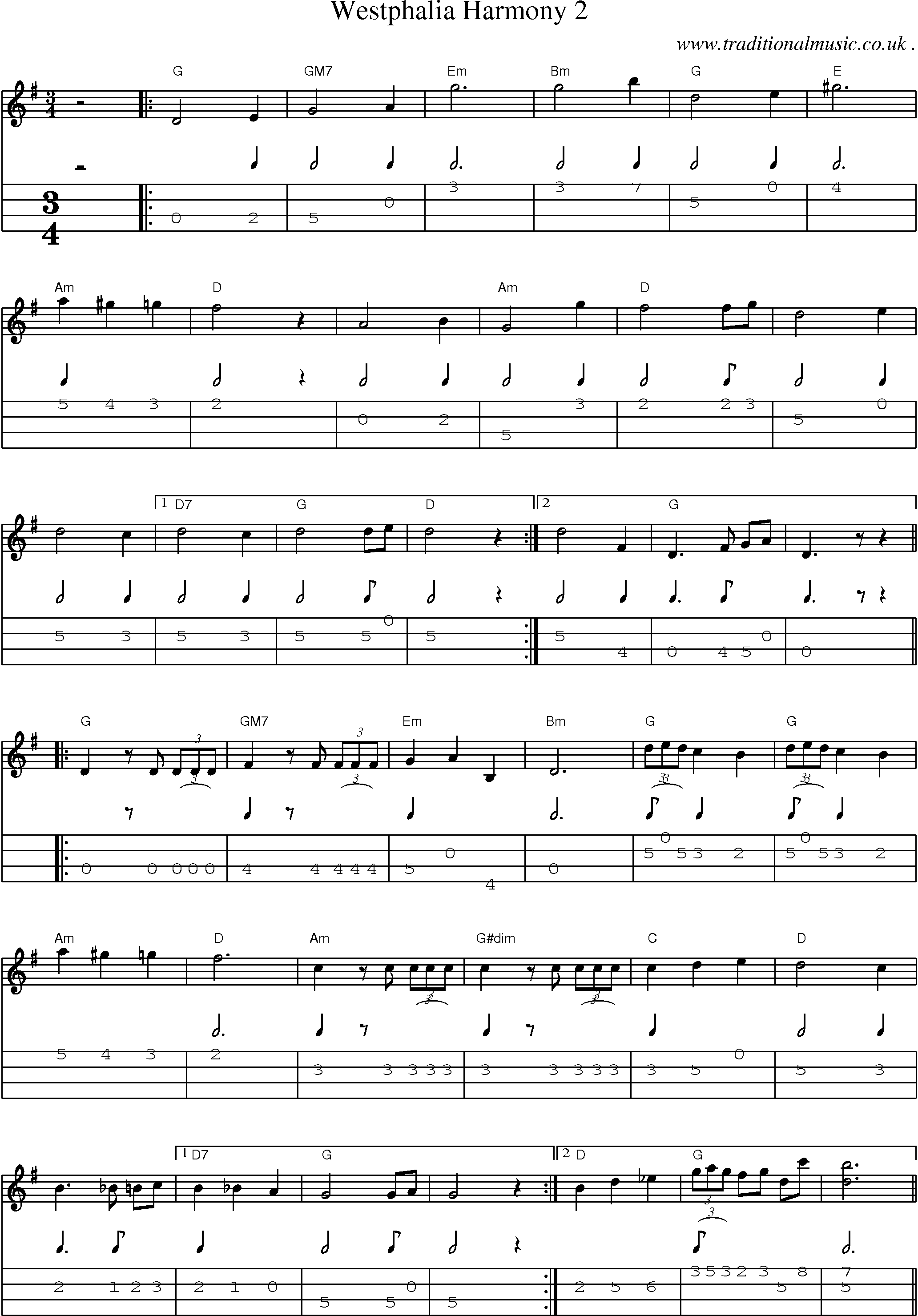

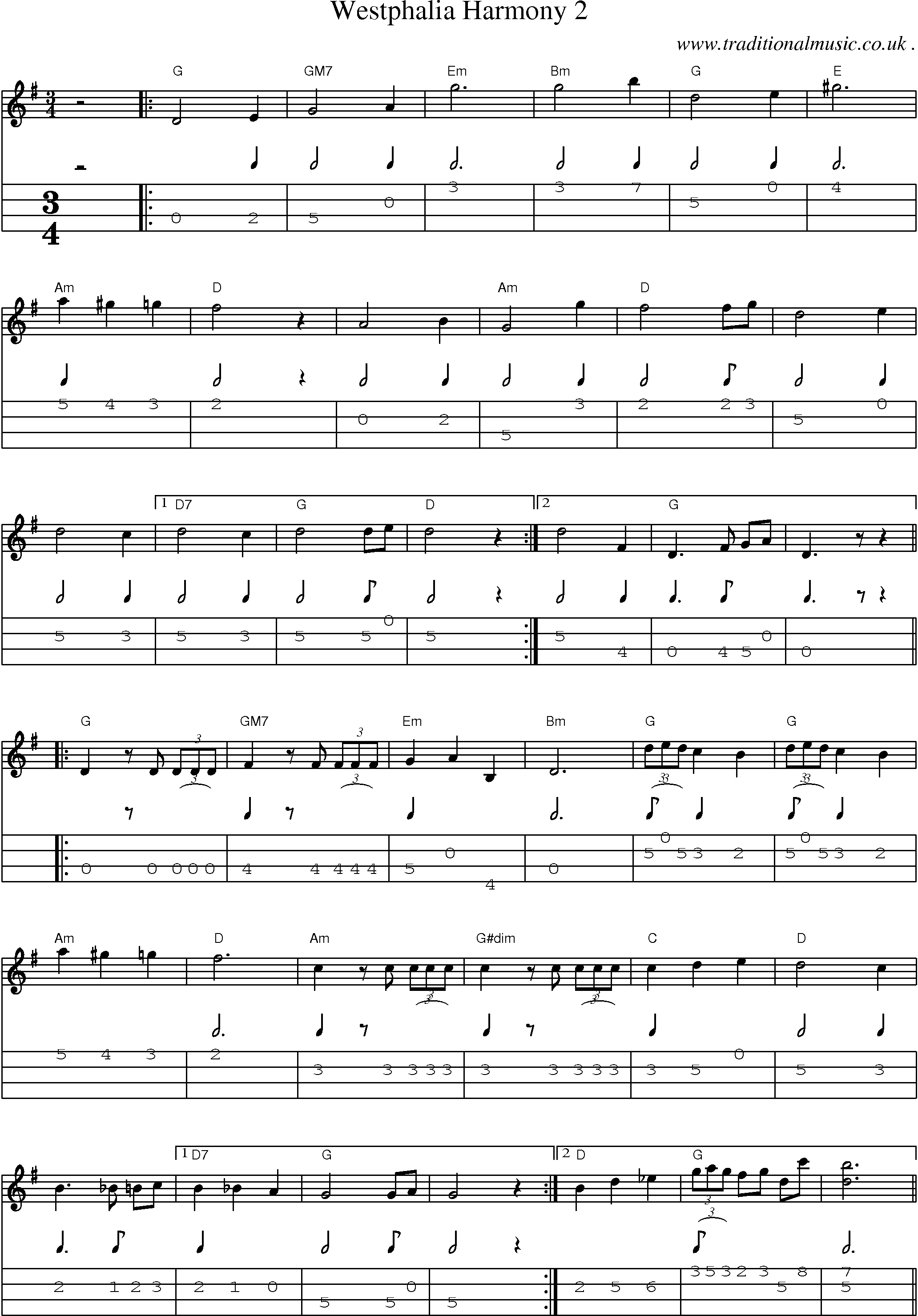
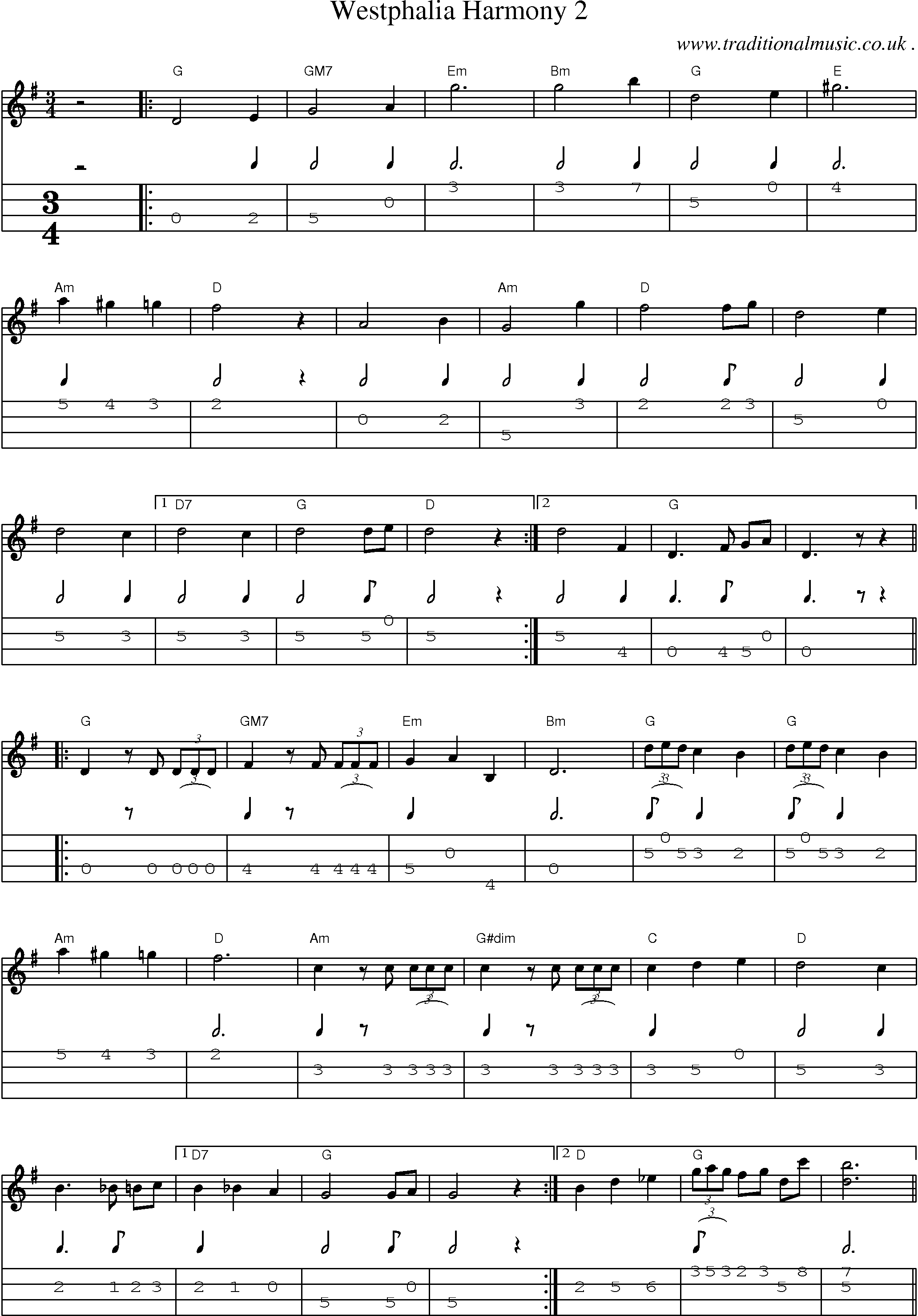
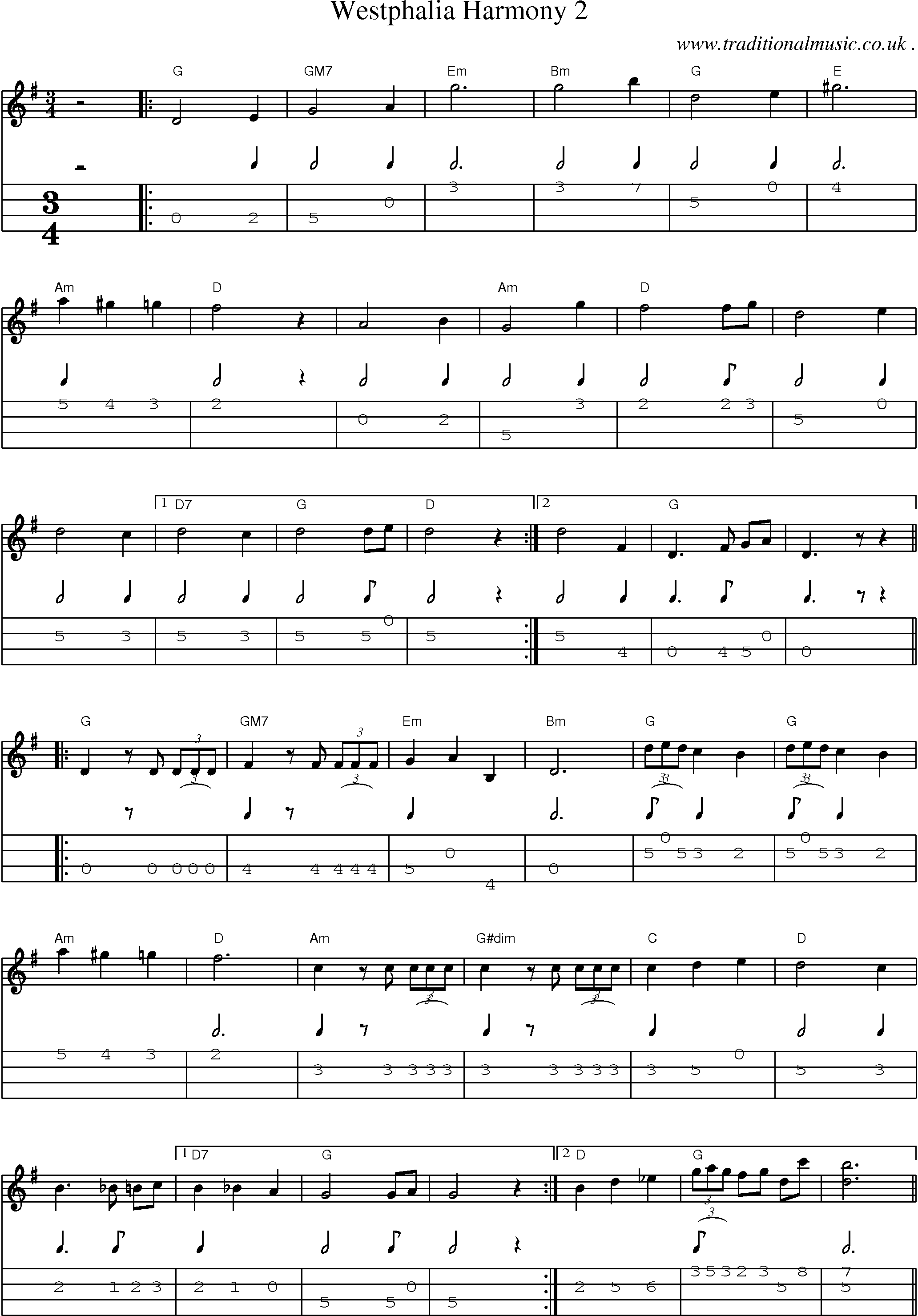















Comments